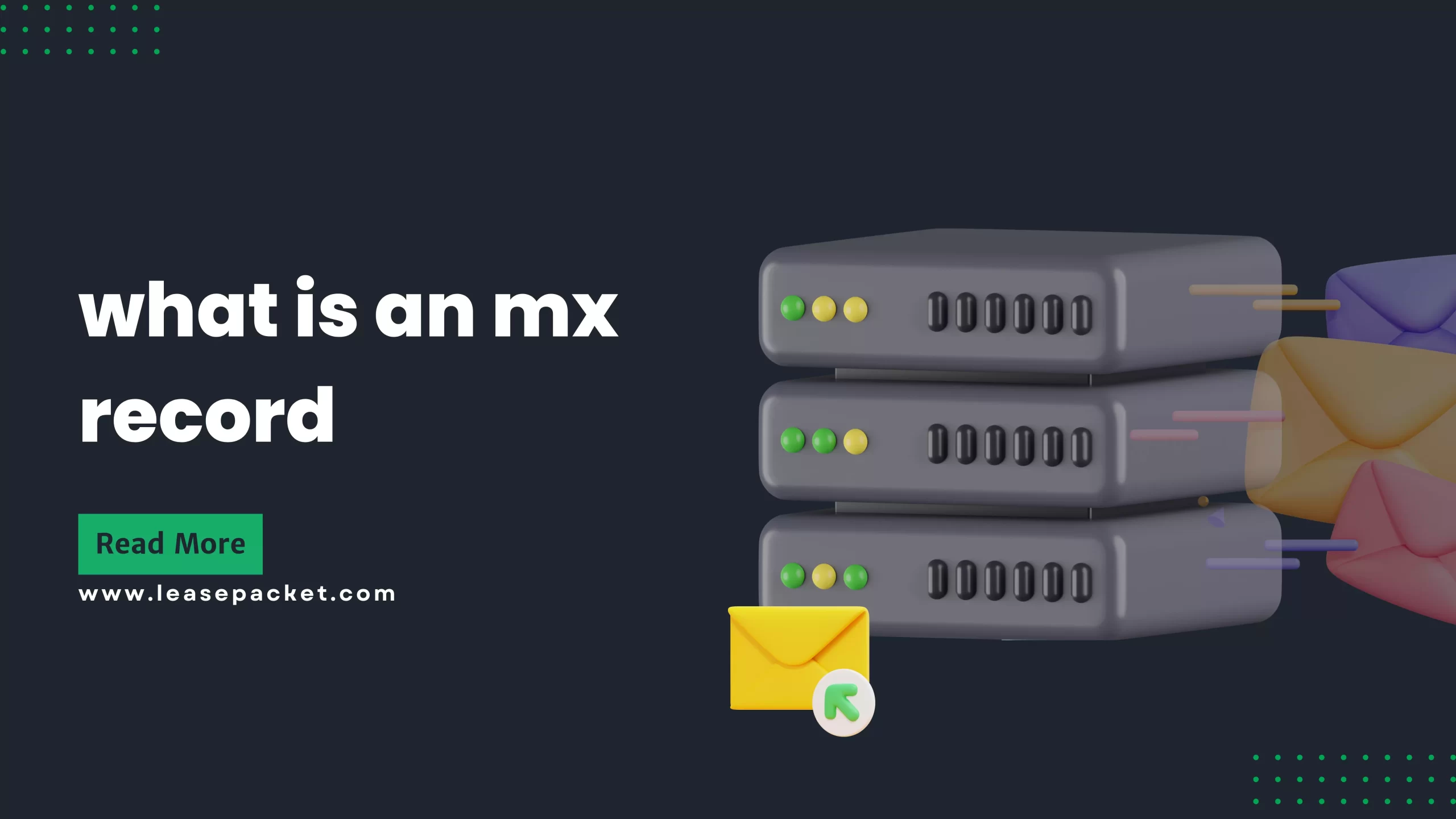In the wide landscape of the internet, communication serves as a fundamental pillar connecting people, businesses, and organizations on a global scale. Email, recognized as a primary tool for digital communication, depends on a sophisticated system of protocols and records to guarantee the effortless transmission of messages from the sender to the recipient.
At the heart of this mechanism are MX records, abbreviated for Mail Exchange records, which assume a central role in orchestrating this intricate process.
This blog aims to tell you what are MX records, diving deep into their importance, functionality, and the role they perform in ensuring the unhindered flow of emails across the internet.
Table of Contents
What are MX Records?
MX records are a fundamental component of the Domain Name System (DNS), the decentralized and hierarchical system that translates human-readable domain names into machine-readable IP addresses. In the context of email, MX records specifically define the mail servers responsible for receiving emails on behalf of a domain. When someone sends an email, the sending mail server consults the MX records of the recipient’s domain to determine the appropriate destination for the message.
Components of an MX Record
Priority:
Each MX record has an associated priority value, represented by a numerical value. This priority indicates the order in which mail servers should be used for email delivery. Lower numbers indicate higher priority, and servers with the lowest priority values are attempted first.
Mail Server Hostname:
The mail server hostname specified in the MX record is the actual domain or subdomain that will handle the email delivery for the associated domain. This server is responsible for accepting incoming emails and delivering them to the recipient’s mailbox.
MX Record Example
Let’s break down a typical MX record for a hypothetical domain “example.com”:
In this example, the mail server at “mail.example.com” has a priority of 10. If multiple MX records exist for a domain, email servers will attempt to deliver emails to the server with the lowest priority first. If that server is unavailable, the next lowest priority server will be used, and so on.
The MX Resolution Process
Email Initiation:
When a user sends an email, their email client queries the DNS to find the MX records associated with the recipient’s domain.
MX Record Lookup:
The DNS returns the MX records, including the priority and mail server hostname.
Delivery Attempt:
The sending mail server attempts to deliver the email to the mail server with the lowest priority. If successful, the process ends. If unsuccessful, the next server in the priority order is attempted.
Fallback Mechanism:
MX records with higher priority values serve as fallback options if the primary mail server is unavailable. This redundancy enhances the resilience of email delivery.
Common MX Record Configurations
Single MX Record:
Some domains have a single MX record pointing to a designated mail server. This is a straightforward configuration suitable for smaller entities with minimal email infrastructure.
Multiple MX Records:
Larger organizations often have multiple MX records with varying priority levels, pointing to different mail servers. This setup enhances reliability and ensures email delivery even if one server becomes unreachable.
Backup MX Records:
Some domains include backup MX records with higher priority values to serve as failover options. These backup servers come into play if the primary mail server is temporarily inaccessible.
MX Records and Email Security
MX records play a crucial role in email security. By specifying authorized mail servers, domain owners can prevent unauthorized servers from accepting emails on their behalf. This helps combat email spoofing, phishing, and other malicious activities.
Conclusion
In the complex world of internet communication, MX records are like silent heroes making sure emails go smoothly and safely. Knowing all about MX records helps the people in charge of websites make their email systems work better, making them faster, dependable, and safe. Even as technology changes, MX records stay super important for emails all around the world. This shows how crucial these kinds of hidden parts are for our online lives.
FAQs
Q1. What should my MX record be?
Your MX record should point to the mail server that handles your email. It’s like giving directions for where your emails should go.
Q2. How do I get an MX record?
You usually get an MX record from your domain registrar or hosting provider. They help you set it up to make sure your emails find the right destination.
Q3. What are MX and TXT records?
MX records are like signposts for emails, showing where they should go. TXT records are like little notes with extra information, often used for verification or settings.
Q4. Who provides MX records?
Domain registrars and hosting providers are the ones who usually provide MX records. They help you manage the settings for your domain, including email.
Q5. Can I have 2 MX records?
Yes, you can! Having two or more MX records adds a backup plan. If one server is busy or not working, the other one can still catch your emails, making sure they don’t get lost.

























